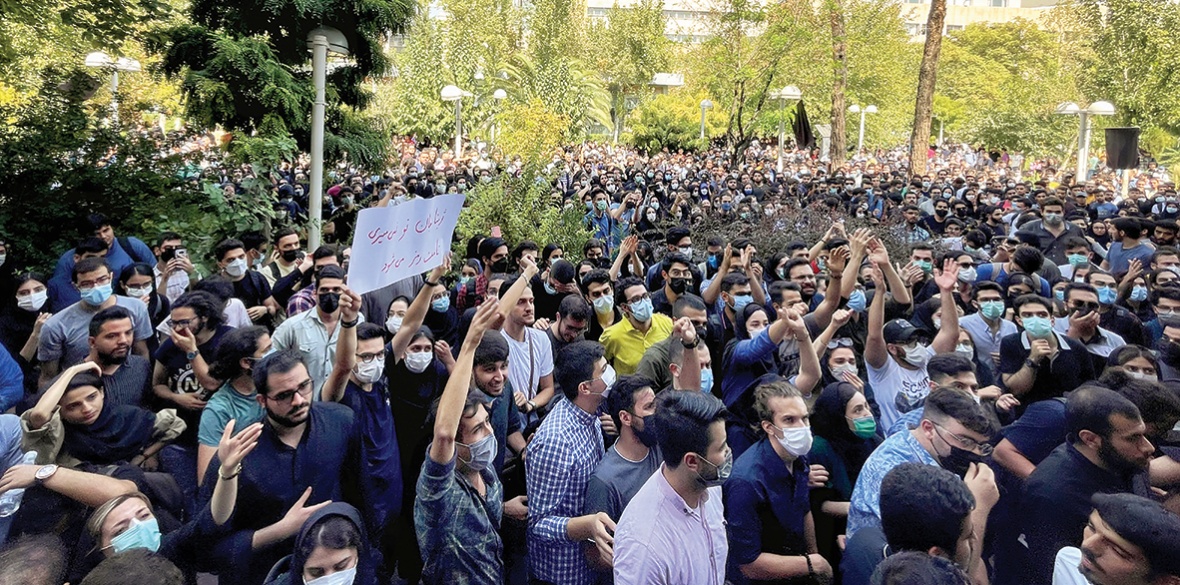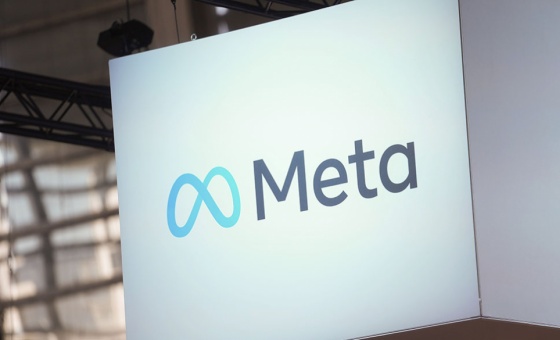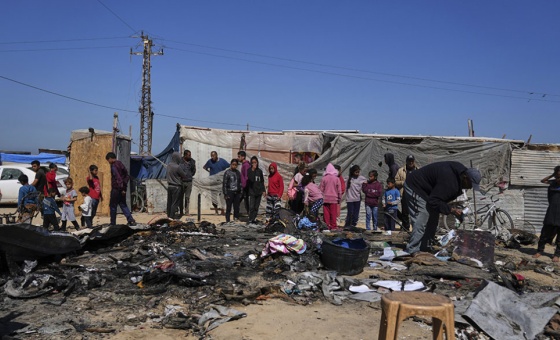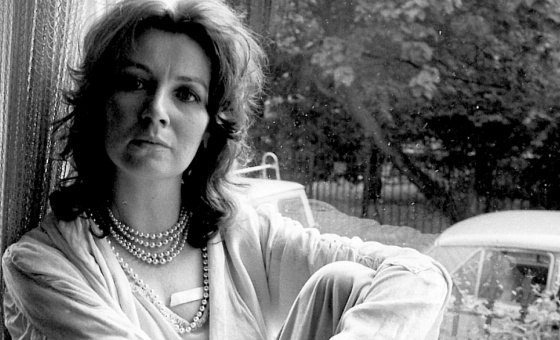This is the last article you can read this month
You can read more article this month
You can read more articles this month
Sorry your limit is up for this month
Reset on:
Please help support the Morning Star by subscribing here
MARCH 8 is the day of renewed commitment to the struggle for gender equality and a world free from poverty, violence, discrimination, injustice and environmental destruction.
The first commemoration of this day took place more than a century ago, in 1911. By 1975 the UN had officially recognised this day as International Women’s Day, with a call on all governments to secure women’s rights and fight gender-based inequalities.
In 2025, the battle still continues. As wars rage in different parts of the world, often to subvert the will of the people, to exploit their natural resources or gain geopolitical advantage, women and their children suffer disproportionately from this violence. The recent rush to increase military budgets, following the threats from the extremist Trump administration, at the expense of services that benefit the people, is a serious threat especially to the working class and women.
The struggle of women against their dual exploitation by patriarchy is a long and critical one. A characteristic of this condition is, as Engels suggests, is reducing women to servitude, and that although the degraded position of woman changes and is sometimes clothed in milder forms, in no sense has it been abolished. The focus on motherhood in traditional societies is one example. Race and ethnicity add a more virulent form of oppression to that of class and gender.
In Woman, Race Class, Angela Davis explains motherhood in the eyes of slaveowners: enslaved women “were not mothers at all; they were simply instruments guaranteeing the growth of the slave labour.” Motherhood has remained consistent in most traditional patriarchal societies based on capitalist exploitation, such as the Islamic Republic of Iran.
In the 21st century, we witness the reduction of women to the level of subhuman and their humiliation at the hands of capitalist classes, and supported by the state religious apparatus in cases like Iran, trying to ensure that patriarchy maintains its hegemony over 50 per cent of the population — women.
The treatment of women at the hands of the current leaders of US administration, and their apparent aspirations for the role of women in society, appear aligned with their medieval counterparts in the Islamic Republic and elsewhere. The difference between these in their appearance and in how far they can row back on women’s achievements that have been enshrined in law or culture. Women’s struggle is truly international, and their solidarity is crucial.
In Iran, in addition to the economic challenges that we face due to the regime’s neoliberal policies, as well as the punitive Western sanctions, the theocratic regime has imposed its reactionary political Islam on all aspects of life and thus redefining the role of women as that of second-class citizens. They have done irreparable harm to the country by imposing a dictatorship based on religious dogma and superstition, and subverted the revolution of 1979 soon after they consolidated their power.
It is more than a century since the first celebration of March 8 was held in the northern city of Rasht in March 1923. Despite the harsh conditions they face, Iranian women have proved to be vanguards in the struggle for fundamental changes in our country. Since the establishment of the Islamic Republic, women’s battles have included demanding:
• A ban on polygamy,
• The right to divorce, to the custody of children, right of travel without permission of husband or male guardian, equal inheritance rights.
• Prohibition of child marriage
• An end to compulsory hijab, and freedom to choose one’s clothing.
The women’s movement has been one of the strongest and most effective in the popular struggle in Iran. The One Million Signatures petition, that demanded the removal of misogynist articles from the constitution, was the first of many successful campaigns.
The regular protests and actions by women, whether as part of the broader protest movement for change or for women’s rights, culminated in 2022-23 with the nationwide Woman, Life, Freedom protests. This movement was qualitatively different, by the fact that women took a leading position, and it soon linked the demand for women’s rights to the call for an end to dictatorship and for democratic rights.
Young women spearheaded the movement that for more than six months traversed all 31 provinces and actively challenged the theocracy. More than 600 activists were gunned down in the streets, or were executed.
Protests have continued in various forms over the past two years despite the regime’s crackdowns. Currently, the clerical regime’s social base is put at a maximum of 20 per cent. A poll of Iranians’ Values and Attitudes in 2024 found a deep desire among the population to separate religion from the state.
The Woman, Life, Freedom movement was significant in the way it connected with several strata in society and demonstrated its readiness to link to the labour, youth and peace movements.
Despite detentions, torture and lengthy prison sentences, Iranian women continue to pursue diverse initiatives in the struggle. They continue to defy the order to wear the hijab, in the face of continued violence by the regime’s henchmen.
The most courageous resistance has come from women political prisoners and their protests and hunger strikes against the death sentences passed on political prisoners. They have started the “No to Executions Wednesdays” campaign and declared their solidarity with all protests opposing capital punishment across the country’s prisons.
In July 2024, women political prisoners staged a sit-in in the Women’s Ward of the notorious Evin prison, in protest against the death sentences passed on Pakhshan Azizi, Varisheh Moradi and Sharifeh Mohammadi. The sentences and executions are seen as an act of revenge against the Woman, Life, Freedom movement.
The Mothers for Justice are another voice of protest against all types of state violence, with many living in the shadow of open “security cases” against them or imprisoned.
Today, as the extreme right-wing government of Israel that has been responsible for the massacre of more than 45,000 Palestinians in Gaza alone, shamelessly threatens Iran with destruction and taking it back decades, Iranian women’s struggle against the authoritarian, misogynistic regime, co-exists with a resounding cry of “No to War, No to Foreign Intervention.”
Alongside women human rights activists, political prisoners, the Mothers of Khavaran, retirees, teachers, nurses, workers and labourers, housewives, students and others, we continue the fight for the elimination of gender oppression, for freedom, equality, peace and social justice.
Dr Azar Sepehr is a representative of the Democratic Organisation of Iranian Women.







